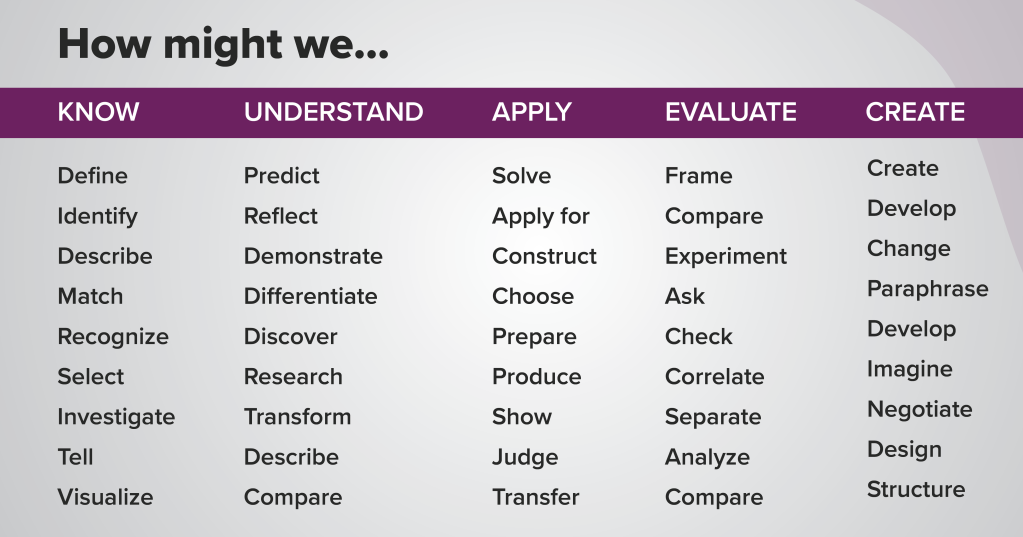Ego, as defined in psychological terms, represents an individual’s sense of self-importance and self-worth. In project management, ego manifests as a personal need for recognition, power, and control. While a certain level of self-confidence is essential for effective leadership, an unchecked ego can lead to conflicts, communication breakdowns, and hinder project progress.
While having a healthy level of confidence and self-assuredness is generally beneficial, an excessively inflated ego can be challenging to handle and can have a significant impact on our work life.
In the realm of project management, achieving success requires more than just technical expertise and organizational skills. The human factor plays a pivotal role, and one aspect that can significantly impact project outcomes is ego management. Ego, often associated with self-importance and pride, can become a stumbling block or a catalyst for collaboration and success in project management. Today in this blog / article, we shall explore the concept of ego management and its critical role in project management, highlighting strategies to nurture collaboration and enhance project outcomes.

The Role of Ego Management in Project Success: Effective ego management fosters an environment where individuals can collaborate, share ideas, and work together towards a common goal. By minimizing egotistical behaviors, project managers can create a culture of trust, open communication, and innovation. Ego management is particularly crucial in project teams that comprise diverse individuals with unique perspectives, experiences, and expertise. When ego is managed effectively, it paves the way for improved decision-making, conflict resolution, and overall project success.
Based on past experiences of managing and participating projects, I have observed others, my bosses, leadership, Project managers on how they managed Ego to ensure their project success … I am listing based on my bets memory recall a few of those approaches:
Strategies for Ego Management in Project Management
- Establish Clear Roles and Responsibilities: Clearly defining roles, responsibilities, and expectations helps minimize power struggles and conflicts arising from ego-related issues. When everyone understands their contributions and how they fit into the project’s overall objectives, it reduces the chances of ego-driven conflicts.
- Foster a Positive Team Culture: Encouraging a positive team culture characterized by trust, mutual respect, and recognition of achievements helps diminish ego-related challenges. Recognize and appreciate individual contributions while reinforcing the importance of teamwork.
- Implement Conflict Resolution Mechanisms: Despite efforts to manage egos, conflicts may arise. Implementing effective conflict resolution mechanisms, such as mediation or facilitated discussions, can address, and resolve conflicts before they escalate and impact project progress. In one of my earlier engagement, the Scrum Master implemented the concept of Team Agreement and Conflict resolution approach, She split the team into two and then asked the team to develop Team agreement (with one group) and Conflict resolution (with the other), Once it was done, then the teams were exchanged and asked to review and suggest chances to the data as written by the other team and finally come to an agreement – which then became the BIBLE for the team to behave and manage relationships internally
- Promote Collective Ownership: Emphasizing shared responsibility and recognizing the team’s collective achievements helps to mitigate individual ego-driven tendencies. Celebrating team accomplishments rather than individual achievements creates a sense of unity and encourages collaboration. – This has been one of the major elements of implementation with one of my earlier managers – Approach was simple – celebrate the smallest of achievement – Even if that was a successful code review or a major bug fix found, or a Sprint Goal achieved.
- Cultivate a Collaborative Environment: Project managers should prioritize building a culture of collaboration by encouraging open dialogue, active listening, and valuing diverse perspectives. By creating an atmosphere where team members feel heard and respected, ego-driven conflicts can be minimized. For instance in one of my previous organization, there was a process, where the Project manager would have at least 2 one on one with the team members daily and one meeting (called – “All Hand Meet”) – during this meeting – no project discussion, but more of personal touch, life discussions, general elements were discussed, this helped all the team members to know each other and value the skills and talent that others bought to the table.
Though we have a few interesting ideas for managing Ego, we also need to understand the reasons and challenges from the other side of the fence. Observations and better understanding after 3 decades of working gave me the following elements on Ego:
- Intrinsic Nature: Ego is an inherent part of human psychology. It stems from our need for self-identity, self-worth, and recognition. It can manifest in various forms, such as the desire for power, control, or validation. Since ego is deeply rooted in individuals, managing it requires self-awareness and conscious effort. At times this can also happen due to our local environment at home or office
- Lack of Self-Awareness: Ego management requires self-awareness, which can be lacking in individuals who are not introspective or reflective. Without recognizing and understanding their own ego-driven behaviors, individuals may inadvertently perpetuate conflicts, hinder collaboration, and impede project progress. Sometimes what a person does, may not realize that their actions are counter-productive, but they fail to understand & appreciate this
- Resistance to Change: Ego often resists change, as it challenges our sense of self and disrupts established patterns of behavior. When confronted with alternative viewpoints, suggestions, or feedback, individuals with strong egos may feel threatened and resist adopting new ideas or approaches. This resistance can hinder collaboration and innovation in project management – This is a basic human nature to resist, we form opinions about things and do not want to change and this itself could be a showstopper in our life.
- Fear of Vulnerability: Ego can serve as a defense mechanism to shield individuals from vulnerability. Admitting mistakes, seeking help, or acknowledging limitations can be seen as a blow to one’s ego. This fear of vulnerability can make it difficult to foster open communication and address issues proactively, leading to strained relationships and project challenges. This is the most dangerous part of the human character and nature.
- Competition and Comparison: Ego often thrives in environments where competition and comparison prevail. When individuals feel the need to outperform others or maintain a superior image, collaboration and teamwork can be compromised. Project environments driven by ego-focused competition can undermine trust and hinder collective progress. At times this can be hugely negative element for the project and its team members – but at times it could be a savior in some manner.
- Power Dynamics: Hierarchical power structures can exacerbate ego-related challenges. In environments where authority is concentrated and decisions are made unilaterally, individuals may feel the need to assert their own importance or protect their ego. This can lead to power struggles, lack of transparency, and diminished collaboration within project team.
- Emotional Investment: Ego is closely linked to emotions and personal identity. When individuals become emotionally invested in their ideas, decisions, or positions, it becomes harder to objectively evaluate alternatives or consider differing perspectives. Emotional attachment to one’s ego can hinder rational decision-making and impede effective collaboration.

Last few words of wisdom:
Overcoming the challenges associated with ego requires a combination of self-reflection, open communication, empathy, and creating a supportive project environment. By promoting a culture of humility, self-awareness, and collaboration, project managers can address ego-related challenges effectively and foster an atmosphere conducive to project success.
To foster a healthier work environment, it is important for individuals to develop self-awareness and emotional intelligence, which can help them manage their ego and cultivate more constructive behaviors. Organizations can also promote a culture of collaboration, open communication, and continuous feedback, which can mitigate the negative impact of ego-driven behavior and promote a more productive and harmonious work environment.
Ego management plays a vital role in project management. By effectively managing ego-driven behaviors, project managers can create an environment conducive to collaboration, open communication, and innovation. Nurturing a culture of humility, respect, and shared ownership cultivates a high-performing project team that maximizes its potential for success. Embracing ego management strategies empowers project managers to navigate the complexities of human dynamics, ultimately enhancing project outcomes and achieving organizational goals.
It will always be the ownership of leadership to have the right environment and culture in the organization, This should also be reflected in our hiring practices, can we devise some approaches where these symptoms of Ego can be tracked and traced, this would help the organization and project at large in a long way post hiring of the candidate; but to have these ideas and thoughts implemented (at least on a pilot basis), it requires courage, forward thinking, ability to navigate thru a maze of negative and not so proactive thoughts and actions of people and finance (tools are not free)
Leadership / Management should see the writing on the wall before it is too late and the we miss the bus ….
See you later in some other thought provoking article ….
If you have ideas what you want to see me write – Pls let me know.






